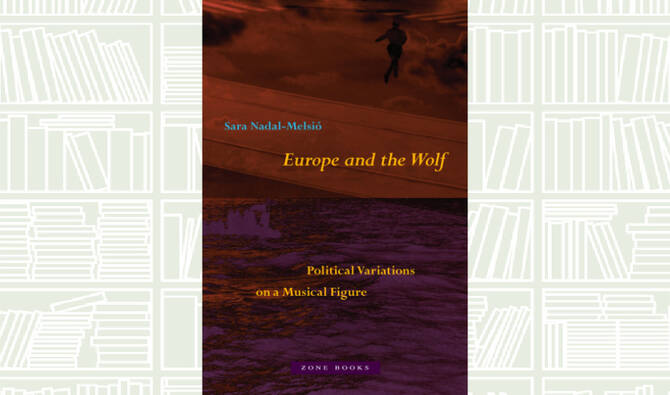Aleksandar Hemon’s 2011 essay “The Aquarium” is an exploration of parental love, grief, and the isolating toll of confronting a child’s mortality. The essay was first published in The New Yorker and later appeared in “The Book of My Lives” in 2013.
Written with unflinching honesty, the piece chronicles Hemon’s experience navigating his infant daughter Isabel’s diagnosis of a rare brain tumor and the family’s agonizing journey through surgeries, chemotherapy, and loss.
Hemon juxtaposes the clinical detachment of medical jargon — “external ventricular drain,” “stem-cell recovery” — with visceral snapshots: Isabel’s breath on his chest, her laughter amid IV drips, her small hand gripping his finger.
At the heart of the essay lies the metaphor of an aquarium where the family exists in a suffocating bubble, visible to the outside world but severed from its rhythms.
Central to the narrative is Hemon’s elder daughter Ella, who processes her sister’s illness through an imaginary brother, Mingus.
Stylistically, Hemon oscillates between reporter-like precision and raw vulnerability. He rejects platitudes about suffering’s “ennobling” nature, writing: “Isabel’s suffering and death did nothing for her, or us, or the world.”
The essay’s power lies in its refusal to soften despair, instead confronting the “indelible absence” grief leaves behind.
Hemon’s writing grapples with displacement and identity, weaving together fiction, memoir, and history. A MacArthur Genius Grant recipient, he doesn’t just tell stories; he uses language to find pockets of hope in shattered lives.
Think of him as a guide through the chaos of modern exile — equal parts poet and provocateur.
























